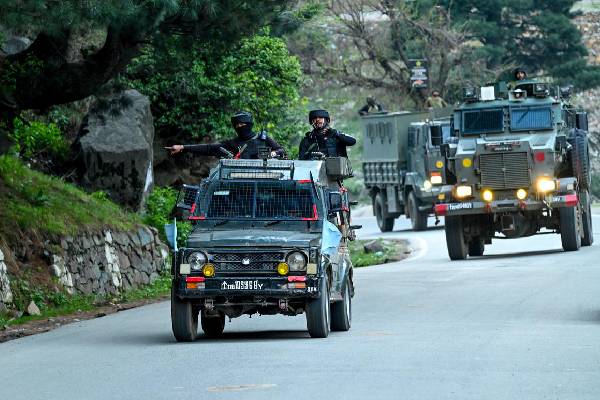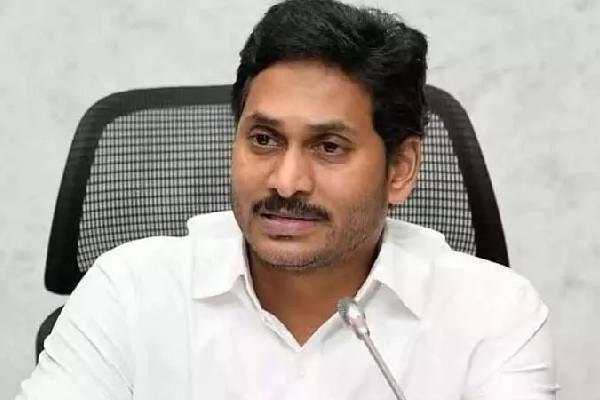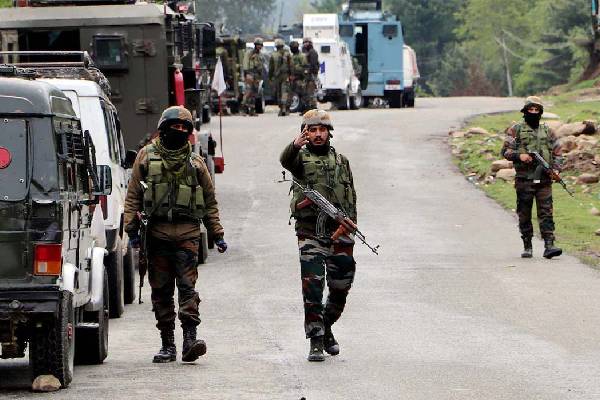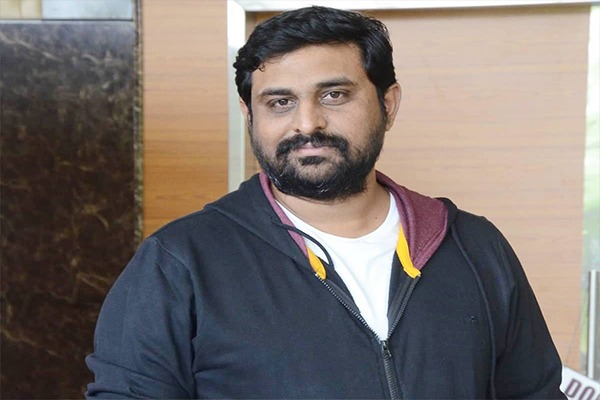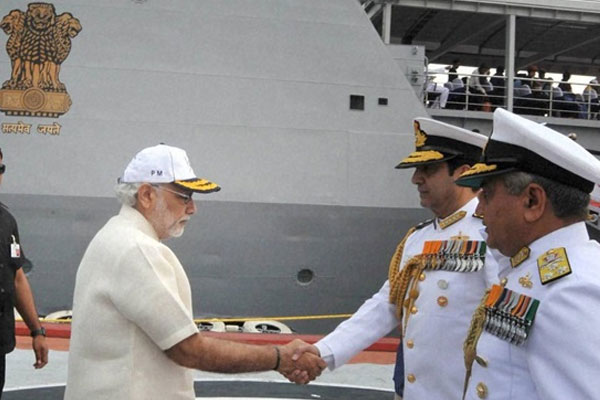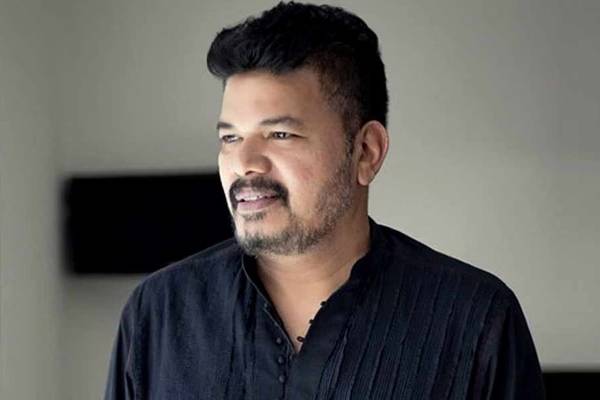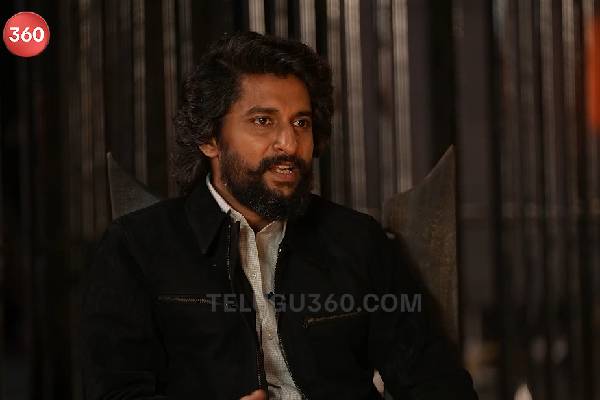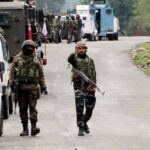Fourteen months after the HudHud cyclone devastated Vishakapatnam to a grinding halt, CM Chandrababu Naidu pulled off a coup by hosting the world’s biggest maritime event – the International Fleet Review- in Vizag. The city got spruced up like never before. All the main and arterial roads got fresh coating of tar and orderly footpaths, all the parks in the city and the streets of the main thoroughfare to the city’s magnificent R.K.Beach were lit with LED lights, even the city’s open drainage systems were overhauled in the main areas and a capacity for almost two lakh population to witness the naval event was arranged in the main area where VVIPs took stage. Giant TV screens were hoisted to enable city-dwellers to witness the proceedings at all the vantage points. Even the city’s multiplexes allowed free entry to enthusiastic crowds to catch glimpses of the spectacular carnival. IFR put the world’s maritime prowess on proud display. From seating arrangements to mobile toilets for public, the State Administration spared no effort in making the public viewing a memorable experience.
Security was beefed up much before the Kapus flareup in Tuni happened because of the visits by heavy-duty VVIPs – the President of India, Prime Minister, Defence Minister and the Governor of AP and Telangana besides CM Naidu. Two big events coincided with this jamboree for naval officers the world over – one was the inspection of the Indian Fleet Review itself which had to be done once by the President of India as the Supreme Commander of Armed Forces atleast once during his tenure. Only ten fleet reviews were done since India become a Republic and the last review was done in 2011. The second big event is the International Fleet Review which holds Olympic importance for all the coastal powers of the world. IFR is in grand tradition of all the maritime events in the world where each country displays its best operational ships alongwith its crest and company while holding allegiance to the sovereign and the state. Although such celebrations were more common during victories in sea battles, the IFR has since become a show of naval strength and friendly display of the maritime camaraderie in modern world where most sea battles seldom drag for days or years. The first IFR was said to be conducted since 1415 by the British Navy.

Fifty one countries including India participated in this year’s IFR with an array of dazzle and exhibition of the most coveted paraphernalia in the naval fleet of the respective nations. Consider this, Indian Navy and the Government of India hosted the IFR only once before in 2001 with Mumbai (The Western Naval Command) and now came Vizag’s turn (the headquarters of the Eastern Naval Command). Naidu, once again the bedecked the city of Vizag as the best city in AP to get noticed on the world map.
What has the IFR done to the city of Vizag? We will come to the strategic part later but here is what the government did to make it count for the visitors who saw Vizag for the first time. Once the deadline for IFR was announced, four local bodies – GVMC, Vuda, EPDCL and Vizag Port Trust have joined hands to give an incredible makeover to the city. Apart from this, Naidu gave the go-ahead to complete the beautification of the city by hiring as many temporary workers as possible. More than 5000 sanitary workers, 2000 laborers, 1000 skilled workers which included painters, artists, welders, masons, gardeners, electricians, and drivers were employed in Vizag who worked tirelessly for almost two months. Out of an estimated expenditure of over Rs.100 crore, atleast Rs.35 crores were paid to these workers which would have created a per capita income of over Rs30,000. That is a major boost for the local economy besides giving an airlift to the image of Vizag as a truly global city back on its heels after a ravaging cyclone last year.
Naidu has always been a Keynesian economist at heart, and this event of IFR proves that he loses no occasion to pump-prime economy with tourist initiatives and market a new aspect of AP to the world. Hundreds of navy officers and their family members have come to Vizag from nations around the world. An event of this significance has exposed the fledgling city of Vizag as a melting pot of the finest cuisines and cultures of the world. Like the CII summit in early January, the IFR has catapulted Vizag to the top league of the major ports of the world. For the Vizag citizen, this event was the best balm to the bitter memories of last year when HudHud cyclone left many in despair.
Coming back to the strategic considerations, the event will have a cascading effect to the “Make In India” initiative of PM Modi in the fields of defence – several defence experts and navy chiefs have come to inspect the review of the naval strengths. Right since the the Sino-Indian war of 1962, Indian Navy has been systematically getting more allocations out of defence budgets and current allocations are growing at almost 15 per cent every year. From just one airship of INS Viraat, Indian Navy has many airships now and 155 warships with efforts to build a few submarines to navigate the world’s third-largest ocean – the Indian Ocean. And Indian Navy safeguards the pivotal points in the vast seas from the Arabian Sea to the Bay of Bengal. From a point where almost everything had to be imported, Indian navy has reached a point where just about every kind of ship is being designed and built in India. Today, the navy in India commands the top attention of policy makers and defence analysts for getting equipped with the best of modernization and technology-intensive upgrades as the most effective way. The only way to counter the growing patrolling of the American Navy and the Chinese Incursions using the “string of pearls” in the Indian Ocean (the latter is building ports in Pakistan, Sri Lanka, Myanmar and Maldives). China wants to contain the influence of Indian Navy in the Indian Ocean as the supreme purveyor. Vizag still holds the key to patrolling the multiple players surveying the vast ocean from Diego Garcia to the Straits of Malacca while ensuring we hold our own against China and other powers.
Since the times of World War, however and the Wars of the Panama and Falklands, not many sea battles are fought in modern era. Being home to the Eastern Command, Vizag has a natural harbour and had a steller role to play in India’s major battles since World War. One of the most celebrated operations in recent maritime history came during the Indo-Pak 1971 War when the Indian Navy towed the missile boats to the Pakistani coast, attacking the country’s main port at Karachi and blockading the harbour for the duration of the entire war. Pakistan retaliated by sending a submarine towards the Vishakapatnam naval port to blockade Vizag Harbor. A timely Russian alert helped the Indian Navy thwart the bid and sink the Pakistani submarine off the coast of Vishakapatnam. Towards the end of the war, the US Navy ordered the USS Enterprise battle group into the Bay of Bengal in a show of gunboat diplomacy. This made Indians wary of US but friendly towards the Russians but the moral of the story: India concentrated on making the Eastern Command of Vizag more safe and secure and invested more in submarine capabilities – which still remains work-in-progress. So Vizag played a sheet anchor role during many of India’s military conflicts with Pakistan.
To conclude, considering the porous Arabian Sea which saw the terrorists sneak into the city of Mumbai to carry out the 26/11 attacks, the Eastern Command of the Indian Navy headquartered in Vizag has finally got its dues and world-attention as a reliable safekeeper of the Indian waters from the coastline abetting Myanmar to the southern tip of Kanyakumari. It also overlooks the “metal chain” of 244 islands of Andaman and Nicobar with a hawk’s eye thereby guarding the Bay of Bengal and the Indian Ocean. Now every sailor and shipping tycoon in the world knows where Vizag is thanks to the IFR and we hope this spins off more unintended benefits for the state of Andhra Pradesh in time to come – in both defence matters, tourism and otherwise.






















